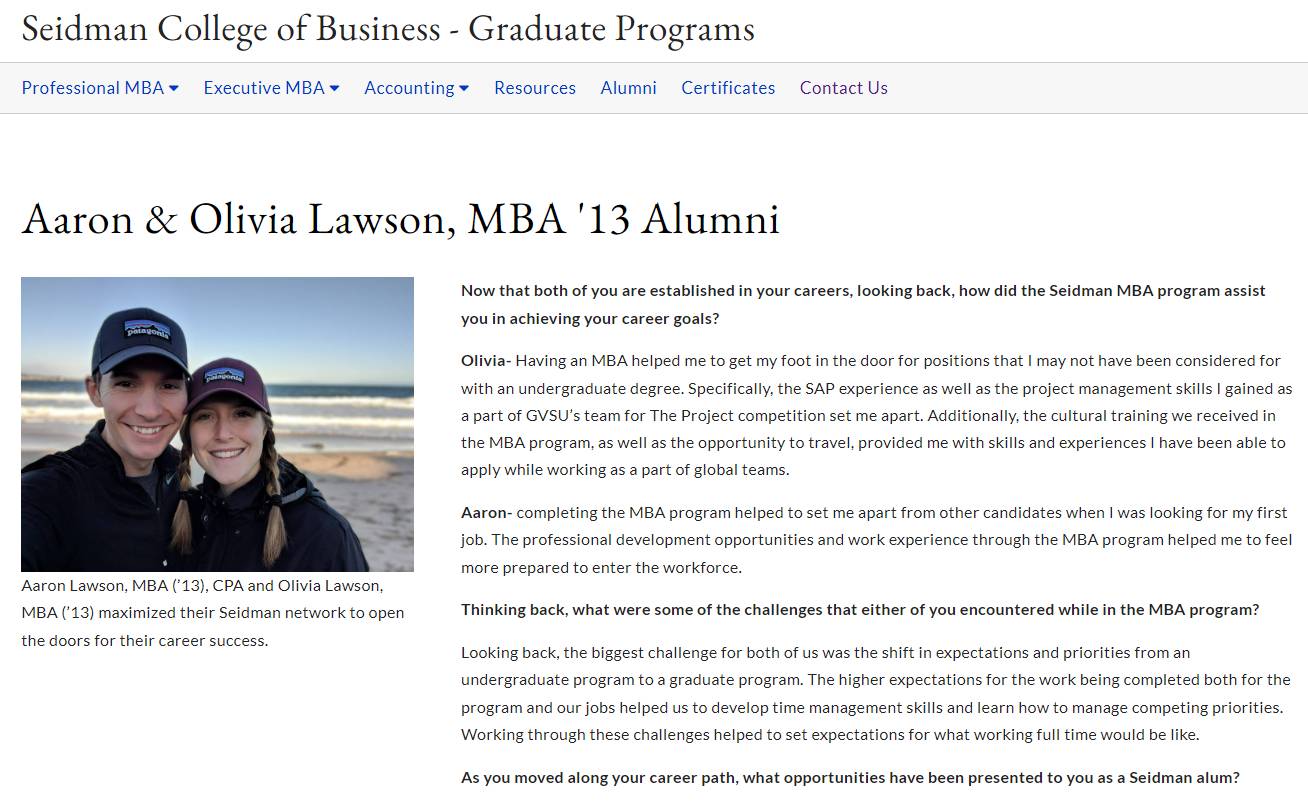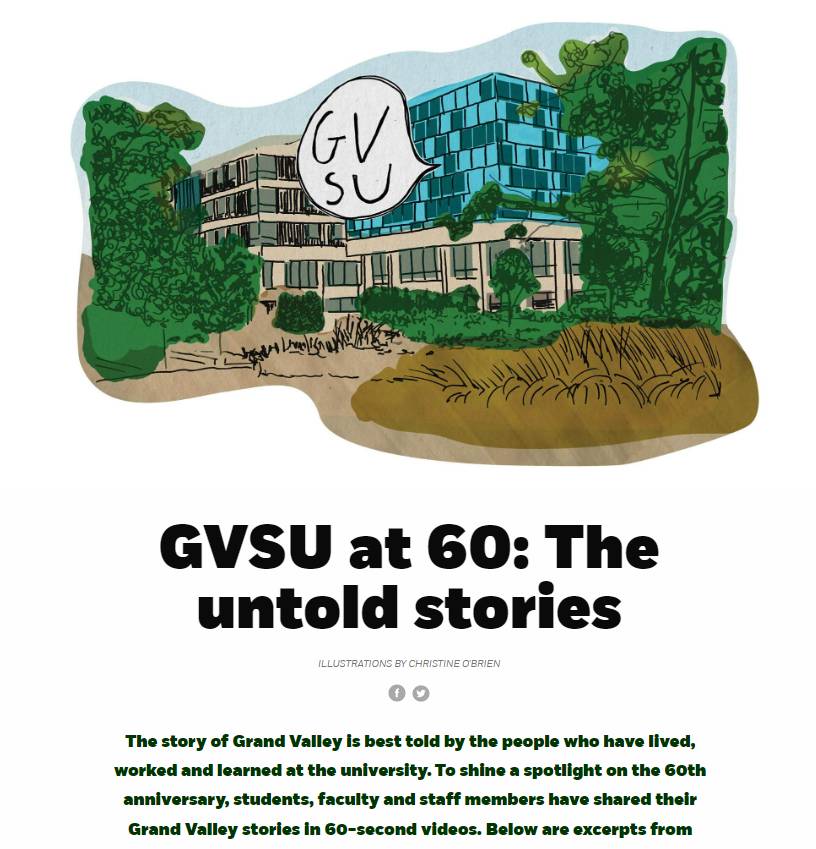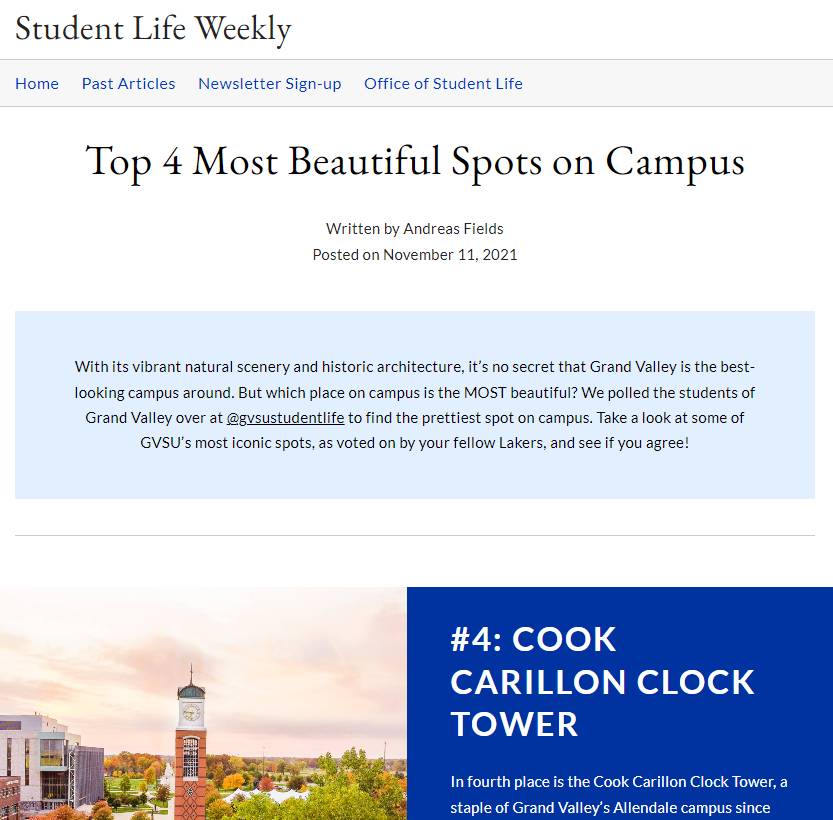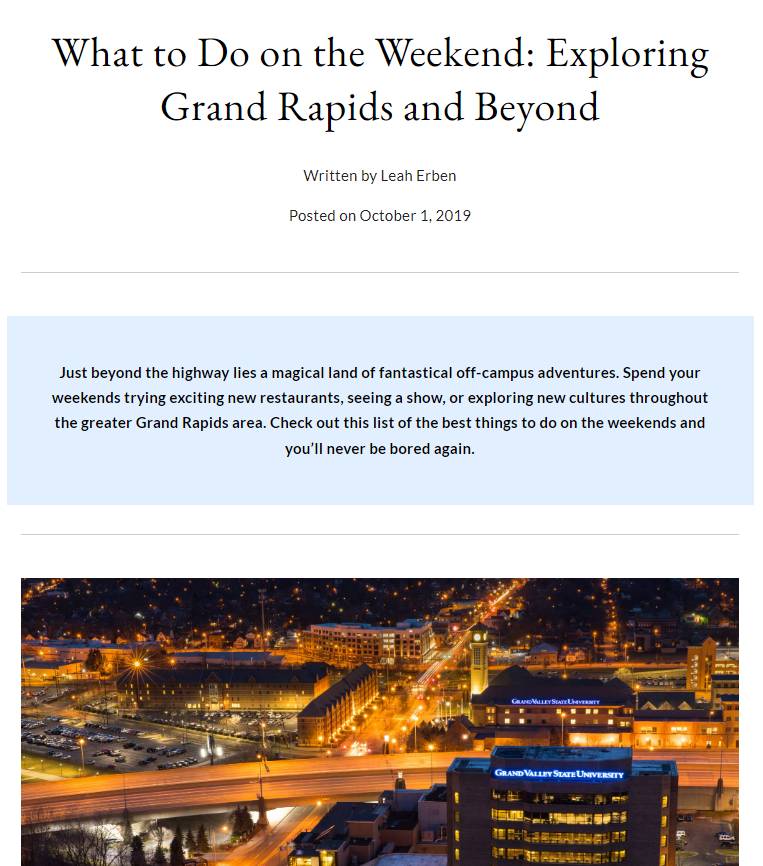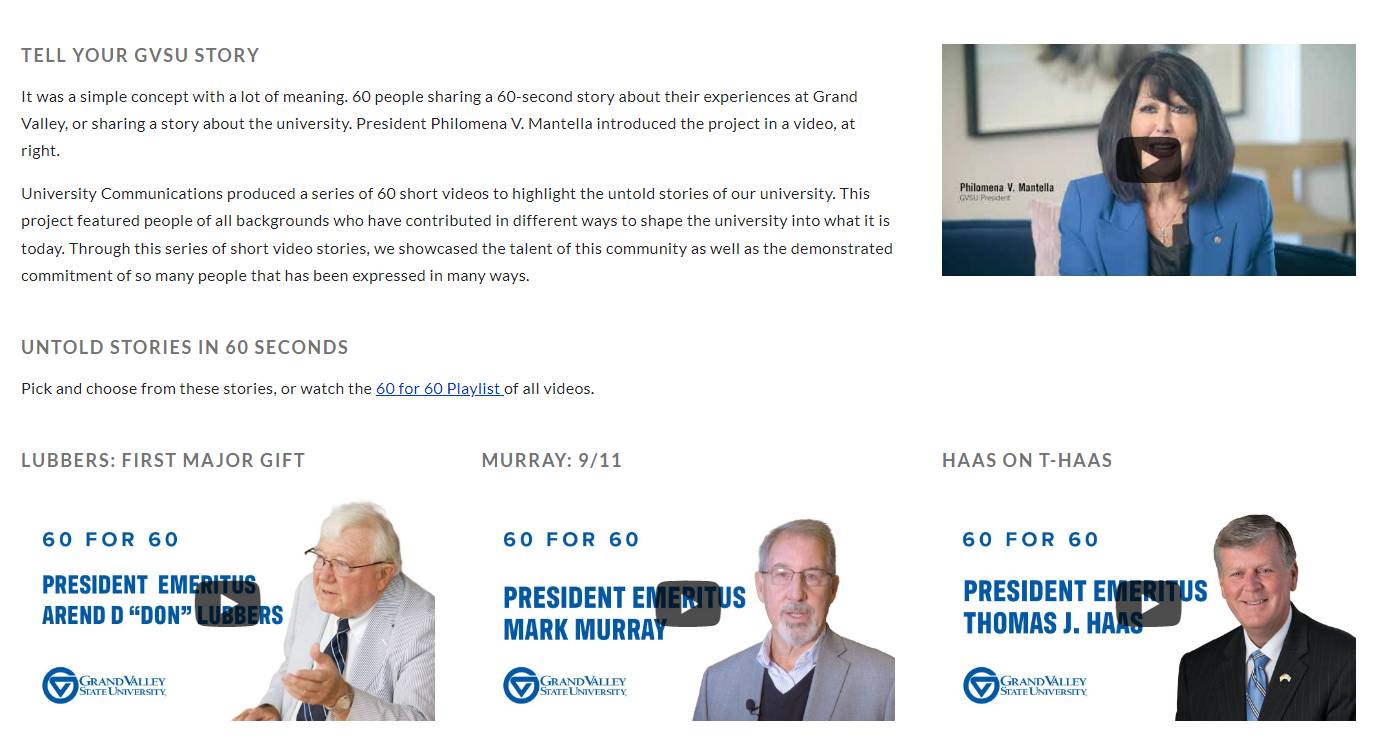Content Types to Increase Website Traffic
In our other guide, Search Engine Optimization – SEO we walked through what SEO is and how you can optimize your existing pages to rank higher in Google’s Search Engine Results Page (SERP). In this guide, we’ll walk through some general tips to use when crafting new content, and the different content types you can use to increase your website traffic.
General Content Creation Tips to Get Started
The most important thing you can do to increase website traffic via SEO is to make sure your content is high-quality and always answers a user’s question or solves a problem for your target audience. The goal is to create an enjoyable user experience, not to leave them with more questions than when they started.
Some things to consider when creating any type of content for your website include:
KEYWORDS
For each page, you should focus on one specific keyword (can be a single word or a phrase) that you want your webpage to rank for in SERP. You can include multiple keywords, but focus most of your efforts on one main keyword.
When drafting your content, find ways to naturally include your keywords in various styles: headings, paragraphs, alt-image descriptions, etc. Remember, you’re writing for humans, not robots or search engines.
PAGE INFORMATION
URL
When building your page, make sure that you have the primary keyword you are targeting, or phrase included in the URL.
Page Title
Include your keyword or phrase. Aim for 8-12 words (maximum of 70 characters). When you miss adding a meta title, Google will automatically use the page title or heading (H1) to display in search results.
Meta Description
While a meta description does not have a direct effect on how Google ranks a page, your target audience will often look at the meta description to decide if a link will provide them with the information they are looking for. In your meta description, in a sentence or two (under 160 characters) explain exactly what a user will find if they click on your link and include your target keyword organically.
PAGE CONTENT
The longer the content the better, when it comes to SEO. When drafting your content, aim to have it be at least 300 words and use your keywords organically throughout.
Once your content is drafted, make sure it is free of spelling and grammatical errors using one of the GVSU web team's automated resources.
If you’re looking for more general content creation tips, you can learn more in our Writing for Web guide.
Best Content Types to Increase Website Traffic
When it comes to SEO, content is key. Creating high-quality content that provides answers or solutions to the topics your target audience is searching for is essential to rising in Google’s SERP ranks.
Below you can scroll through to learn about all five different content types to increase traffic to your website or click on the specific content type you’re interested in:
1. Blog Posts
One of the most common forms of content created for improving your SEO ranking is blog posts. Blogs are a great way to share information in an informal way with your target audience. Blogs often take on a more conversational tone as if the author is talking to a friend or colleague about a specific topic.
Blogs focus on sharing information or telling a story, but can also include videos, GIFs, photos, and other forms of media aside from text. Some ideas for a blog post for your department could include Q&As with GVSU alumni, student experience stories, professor spotlights, and more.
How Do Blog Posts Help With SEO?
Blogs are great for increasing SEO for your keywords as you can build a blog around the word/phrase you want to rank for. Blogs should be drafted to be “evergreen content,” meaning, content that doesn’t have an expiration date or is dated.
2. Long-Form Content
Long-form content is great for providing a lot of context about a specific subject. While blogs should be kept between 1000-1500 words, long-form content can be lengthier to provide even more information. One factor that we mention in our SEO guide that Google looks at when ranking pages is the Authority Score a website has. High-quality in-depth content helps Google understand that a website is an authority in its industry-leading to an increase in SERP ranking.
How Does Long-Form Content Help With SEO?
Long-form content is great for SEO because with high-quality content you’re able to keep users on your pages longer. In addition to keeping users interested, longer-form content allows you more opportunities to link to other related pages on your website and insert your keywords naturally in the text, images, and headings.
3. Listicles
Listicles are pages that contain content in the form of a list. You’ve often seen these in the form of Top 10 Ways to Buy a Car or 5 Best Coats for this Winter, etc. This is an extremely popular form of content because it is easy for the user to scan the information to quickly find what they were looking for.
When crafting a listicle, the higher quality of information you can provide the better. Instead of just listing each tip as a number with text, think about how you can provide additional information other high-ranked pages are not providing. Could you include an image, GIF, or link for more information? If so, make sure to add that to each tip.
How Do Listicles Help With SEO?
Listicles are great for SEO because it makes gathering information very easy for users. You can also insert your related keywords into your headings and subheadings for each category to help rank higher in Google’s SERP.
4. Guides
Each day people are using Google to search for instructions on how to do stuff which is why guides are great for increasing traffic to your website. With guides, you can give your target audience tips in the form of an article, video, infographic, etc.
Guides should be in-depth about a specific topic and make sure to answer the specific questions you’re hoping to rank for in SERP. While a guide can be like a listicle, it should provide more information and be closer to long-form content vs. A simple list.
Some examples of guides in higher education could be a detailed guide for new students in your department, how to make the most out of living on campus, the steps needed to earn a degree, etc.
How Do Guides Help With SEO?
Guides help show Google that your website should be ranked high in authority in your industry. Providing users with a one-stop location to find all of the information they were looking for also helps increase the average time on page which leads to an increase in SERP rankings.
5. Videos
Lastly, another great form of content for SEO is videos. Videos are an excellent and engaging form of content to deliver information to your target audience. Here are just a few stats on the impact of videos:
-
When consumers watch a video, 92% share that video with others.
-
Only 20% of visitors will read the text in its entirety, while 80% of visitors will watch a video.
-
96% of people have watched an explainer video to learn more about a product or service.
How Do Videos Help With SEO?
Videos are great tools for SEO simply put, they increase engagement with your website. On average, users spend 88% more time on pages with videos. When users stay longer on your website, Google factors this in as a reason to increase your ranking in SERP. While videos do take longer to create, the payoff in website traffic and ranking in SERP is well worth it.
Last Words...
Additional Tools and Resources
These are just a few different types of content you can create to increase traffic to your website and rank higher in Google’s SERP. If you are interested in meeting with GVSU's Web Team to learn more about how you can optimize your website for SEO, please fill out the SEO Assistance Request Form.

